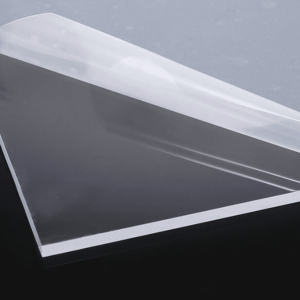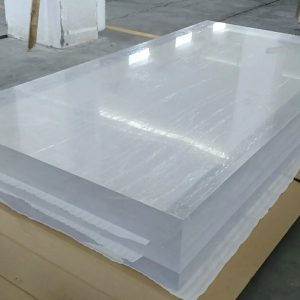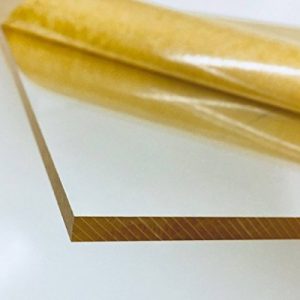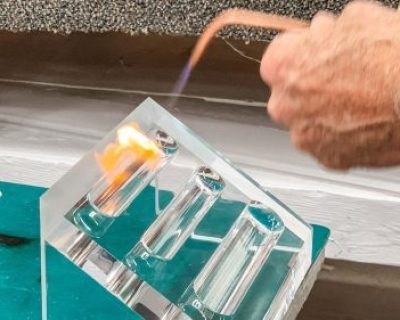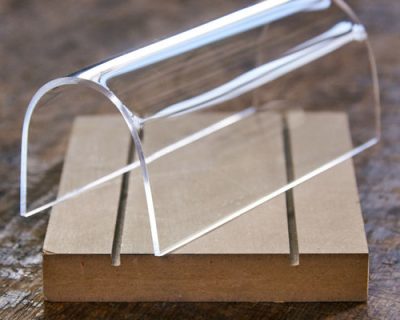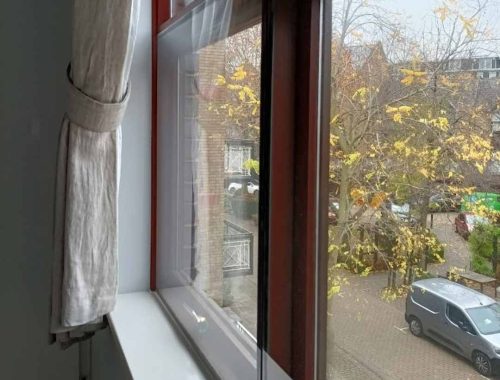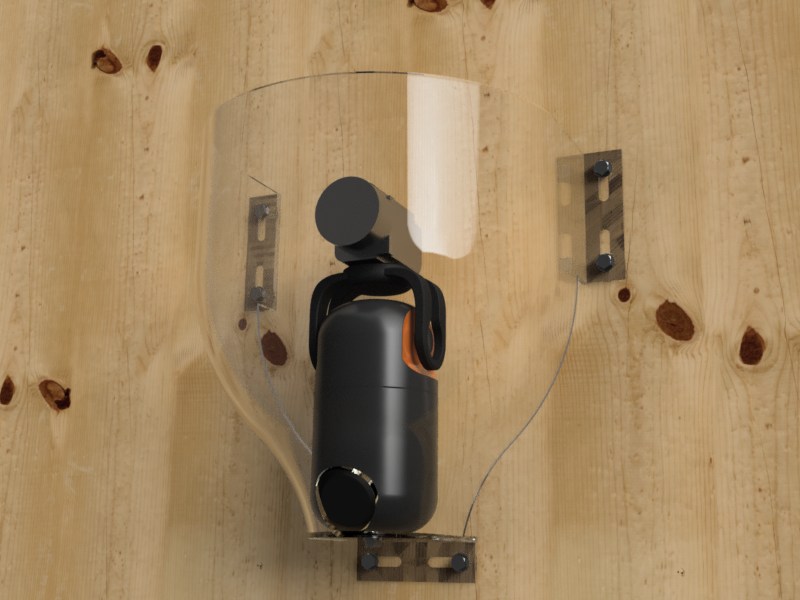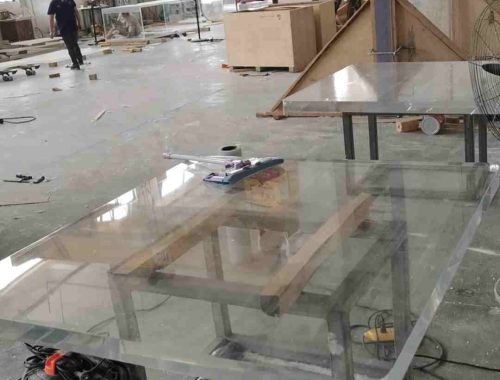1. The best way to cut acrylic sheets is to use a sharp cutting tool specifically designed for acrylic, such as a plastic sheet cutter, acrylic scoring tool, or a fine-toothed saw blade.
2. For straight cuts, a table saw or circular saw with a carbide-tipped blade can be used. Ensure that the blade is suitable for cutting acrylic and has a high tooth count to prevent chipping.
3. Another method for straight cuts is scoring the acrylic sheet with a plastic cutter or utility knife along a straight edge and then snapping the sheet along the scored line.
4. For curved or intricate cuts, a jigsaw, coping saw, or band saw with a fine-toothed blade can be used. Proceed with slow and steady cutting to prevent cracking or melting of the acrylic.
5. When cutting acrylic, it is important to properly secure the sheet to prevent vibrations that can lead to chipping or cracking. Using clamps or a non-slip mat can help keep the sheet in place during cutting.
6. To minimize chipping or melting, cut the acrylic sheet at a slower speed and avoid applying excessive pressure or force. Let the tool do the work to achieve clean and accurate cuts.
7. After cutting, remove any rough edges or burrs with sandpaper or a deburring tool for a smooth finish.
8. Always wear appropriate safety gear, such as goggles and a dust mask, when cutting acrylic sheets to protect yourself from flying debris and dust.

